Long-term maintenance is a critical factor in determining the economic feasibility of engineering and architectural projects. Numerous studies show that choosing the right materials from the start directly impacts overall maintenance costs and enhances performance over the lifespan of the project. This article will explore how building and structural materials influence long-term maintenance costs and the key factors to consider in achieving a balance between initial costs and material quality.
The Importance of Choosing the Right Materials
Material selection is not just a design decision; it is a long-term investment. The materials used in construction determine not only the durability and aesthetics of a project but also how frequently maintenance will be required.
Impact of Materials on Functional Performance
- High-quality materials deliver better performance and are less susceptible to environmental factors such as moisture and heat.
- Materials like aluminum and corrosion-resistant metals ensure longer durability, reducing the need for frequent repairs.
Sustainability and Operational Costs
- Sustainable or eco-friendly materials are often more expensive upfront but reduce future maintenance costs due to their durability and advanced properties.
- For example, using well-insulated materials can lower energy consumption, thereby reducing operating costs.
Factors Affecting Material Selection and Maintenance
Resistance to Wear and Tear
Materials like galvanized steel and aluminum, which are resistant to corrosion, have longer lifespans and reduce the need for replacing damaged components.
Environmental Resistance
- Exposure to sunlight, wind, and rain significantly affects materials.
- UV-resistant or waterproof materials are less prone to damage and require less maintenance.
Ease of Repair and Maintenance
- Some materials require advanced tools and techniques for repairs, increasing costs.
- Opting for materials that can be easily repaired saves significant time and money over the long term.
Lifespan of Materials
- Materials with extended lifespans significantly reduce costs associated with maintenance and replacements.
- For instance, specially designed ceramic tiles can last decades without requiring maintenance.
Examples of Materials and Their Maintenance Impact
Metals
- Aluminum: Lightweight and corrosion-resistant, making it ideal for external structures and windows.
- Stainless Steel: Commonly used in harsh weather conditions due to its high durability.
Wood
- Natural wood adds unique beauty but requires periodic maintenance to protect against insects and moisture.
- Treated woods are less prone to damage and require minimal upkeep.
Glass
- Heat-treated or scratch-resistant glass offers greater longevity.
- Low-emissivity glass reduces energy consumption but can be costly to repair.
Concrete
- Reinforced concrete and crack-resistant varieties minimize the need for ongoing repairs.
- Additives used to enhance concrete properties contribute to a longer lifespan.
Modern Techniques for Reducing Maintenance Costs
Protective Coatings
Using corrosion-resistant or insulating coatings reduces the impact of environmental factors.
Composite Materials
Composite materials, such as carbon fiber and reinforced plastics, provide greater durability and reduce maintenance needs.
Smart Technology
- Construction materials integrated with sensors to detect damage early help prevent costly repairs.
- For example, leakage detection systems in roofs or pipes can prevent widespread damage.
Balancing Initial Costs and Long-Term Maintenance
High Initial Costs as a Smart Investment
- High-quality materials may seem expensive upfront but save significant money in the long run due to reduced maintenance needs.
- For instance, opting for aluminum windows instead of wooden ones can significantly lower maintenance costs.
Importance of Pre-Planning
- Carefully assessing project requirements can help choose the most suitable materials.
- Collaboration with engineers and specialists ensures that the selected materials strike a balance between cost and quality.
The Role of Companies in Offering Sustainable Solutions
Companies that provide high-quality construction materials can help clients achieve their economic and environmental goals. These companies should focus on educating clients about the benefits of sustainable materials and their positive impact on long-term maintenance costs.
Providing Comprehensive Solutions
- Offering materials with high quality and resistance to environmental factors.
- Supporting clients with after-sales services and maintenance.
Innovating in Material Development
- Investing in research and development to produce more efficient and durable materials.
- For example, developing new types of crack-resistant concrete or metals with enhanced mechanical properties.
The materials used have a significant impact on long-term maintenance costs, making material selection a strategic step that cannot be overlooked in any construction project. High-quality materials resistant to environmental factors may have high initial costs, but they are a smart investment that reduces future maintenance expenses. By focusing on sustainability and utilizing modern technologies, an optimal balance between performance and cost can be achieved, ensuring the success of projects in the long run.

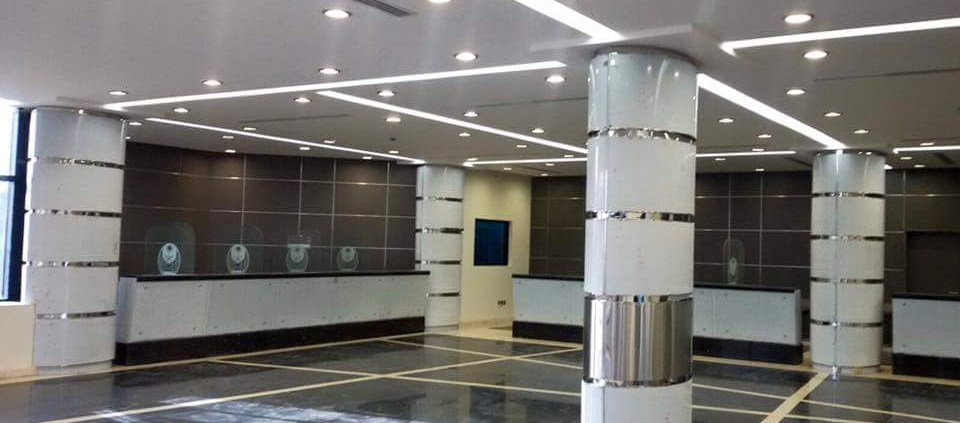

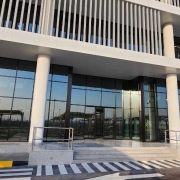
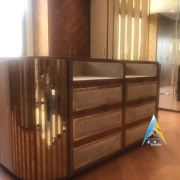
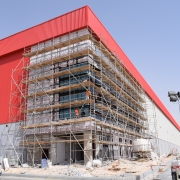
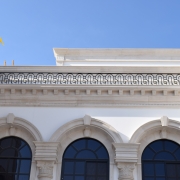


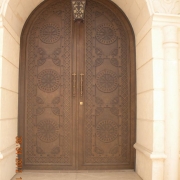


Leave a Reply
Want to join the discussion?Feel free to contribute!